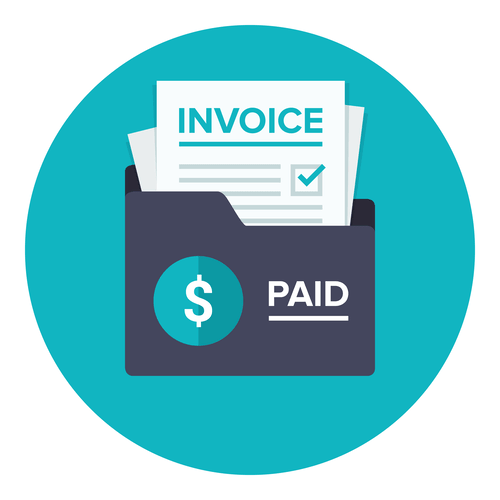
Instead, the purchases are entered as purchases account debit, and payable account credit and inventory are valued by the physical count method. Under this method, the opening inventory is the value of last year’s closing inventory, purchases are recorded, and closing stock is valued based on a physical count. Accordingly, the cost of goods sold is calculated by adding opening inventory and purchases by subtracting closing inventory from it. Careful evaluation of business needs and resources is essential to make an informed decision on the most appropriate inventory management system.

The COGS is reported on the income statement, which affects the business’s net income for the period. Sales Discounts, Sales Returns and Allowances, and Cost of Goods Sold will close with the temporary debit balance accounts to Income Summary. We hope our guide was helpful in understanding the basics of the periodic inventory system. Now, keep in mind that the previously mentioned advantages only benefit small businesses that deal with a couple of hundred sales a year. Through a perpetual system, businesses are also able to access inventory reports at all times, and reduce human error through automation. There is more to the periodic inventory system’s pros and cons discussed below.
Periodic Inventory vs. Perpetual Inventory
Here we will demonstrate the mechanics used to calculate the ending inventory values using the four cost allocation methods and the periodic inventory system. There are some key differences between perpetual and periodic inventory systems. When a company uses the perpetual inventory system and makes a purchase, they will automatically update the Merchandise Inventory account. Under a periodic inventory system, Purchases will be updated, while Merchandise Inventory will remain unchanged until the company counts and verifies its inventory balance. This count and verification typically occur at the end of the annual accounting period, which is often on December 31 of the year. The Merchandise Inventory account balance is reported on the balance sheet while the Purchases account is reported on the Income Statement when using the periodic inventory method.
- In the periodic inventory system, you start by recording your beginning inventory.
- Periodic inventory systems are valued for their simplicity, and all it takes is some time to physically count your starting inventory at scheduled intervals throughout the year.
- So, every time a product is purchased or sold, the perpetual system uses a barcode scanner to update the inventory count, and recalculate the corresponding cost of goods sold.
- In fact, you will not have much information to go on should you need to track your products from beginning to end or investigate shortfalls or overages.
- Inventory is an important asset for businesses, and a permanent inventory system allows accounting teams to prepare more accurate tax and regulatory reports.
- When calculating periodic inventory, you’ll also use a metric called cost of goods available.
The Cost of Goods Sold is reported on the Income Statement under the perpetual inventory method. The inventory at period end should be $7,872, requiring an entry to increase merchandise inventory by $4,722. Journal entries are not shown, but the following calculations provide the information that would be used in recording the necessary journal entries. Cost of goods sold was calculated to be $8,283, which should be recorded as an expense.
What Is a Periodic Inventory System? How and When To Use One
As a highly manual process, periodic inventory can be time-consuming and difficult to scale as a business grows. Performing an inventory count can also cause a bottleneck if it requires when a periodic inventory system is used all products to be set aside for a significant amount of time. The goal of an inventory system is to tell you how much stock you have and to help calculate your cost of goods sold.
Square accepts many payment types and updates accounting records every time a sale occurs through a cloud-based application. Square, Inc. has expanded their product offerings to include Square for Retail POS. This enhanced product allows businesses to connect sales and inventory costs immediately. A business can easily create purchase orders, develop reports for cost of goods sold, manage inventory stock, and update discounts, returns, and allowances.
